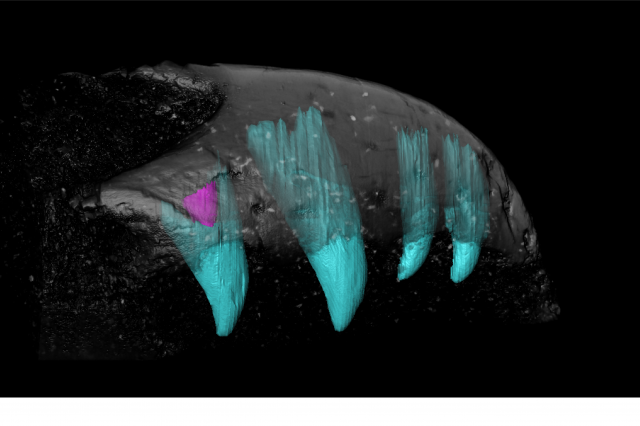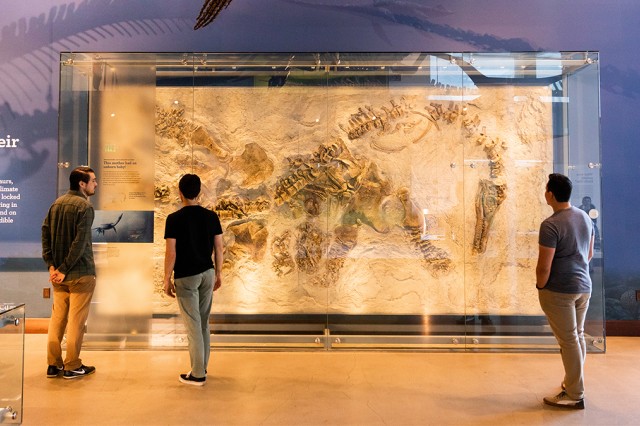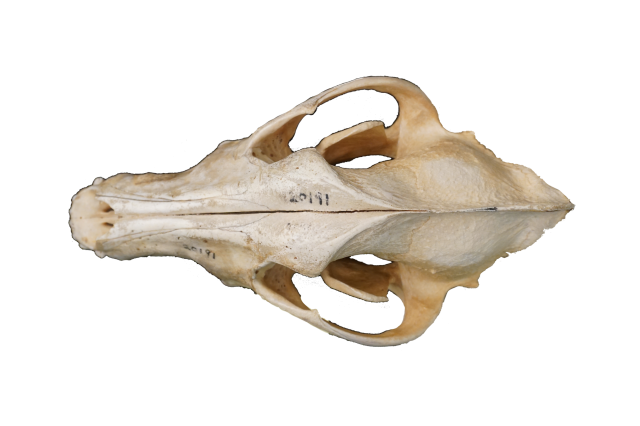Tooth Fast, Tooth Curious?
A new study uncovers a novel approach to a plant-based diet, unique to long-necked dinosaurs
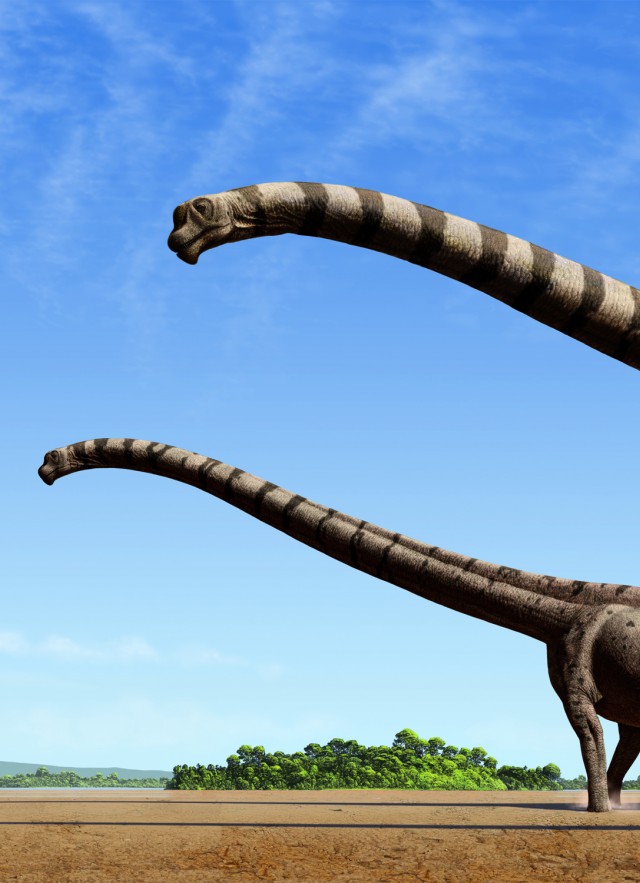
How did the largest animals to ever walk the Earth dominate their environments? By doing something totally revolutionary: keeping it simple. Published in BMC Ecology and Evolution, a new study led by Postdoctoral Research Scientist and periodic dinosaur dentist Dr. Keegan Melstrom at the Natural History Museum of Los Angeles County’s Dinosaur Institute reveals that colossal sauropod dinosaurs, the largest animals to ever walk the Earth, had a strategy for dining on plants unique to long-necked dinosaurs: linking tooth complexity to how fast teeth were replaced.

“In nearly every other animal we look at, the complexity of a tooth relates to the animal’s diet,” says Dr. Melstrom. “Carnivores have simple teeth, herbivores have complex teeth, often with distinct ridges, crests, and cusps for processing plant material. But sauropods break this incredibly consistent pattern. Instead, these dinosaurs link complexity to tooth replacement rate, with simple teeth being replaced every few weeks!”
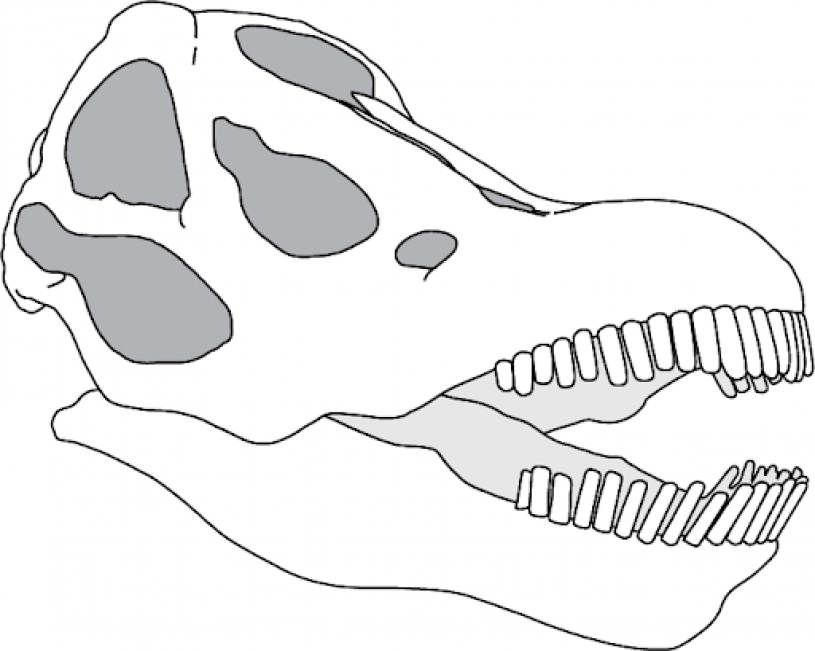
The shapes of an animal’s teeth are thought to reveal a lot about its diet and by extension its lifestyle. The banana-sized knives ringing the mouths of T. Rex are perfect for ripping flesh, and deadly simple sharp teeth abound in living and extinct carnivores. Typically herbivores have extremely complex teeth: perfect for grinding down fibrous leaves or grasses. When it comes to the largest animals to ever walk the Earth, sauropods chewed their own path. Unlike any other plant-eating animals living or extinct, sauropods rely on quickly replacing their teeth to keep the salad flowing.
Keep it simple, sauropods
“The diet of extinct dinosaurs was incredibly varied, spanning tiny meat-eaters to massive plant-eaters,” says Dr. Melstrom. “Our research sheds light on the range of adaptations that allowed so many plant-eaters to live alongside one another.”
Using computerized tomography (CT) and microCT scanning, Dr. Melstrom and his colleagues made 3D models of specimens from around the globe, capturing the great diversity of tooth complexity in Late Jurassic dinosaurs.
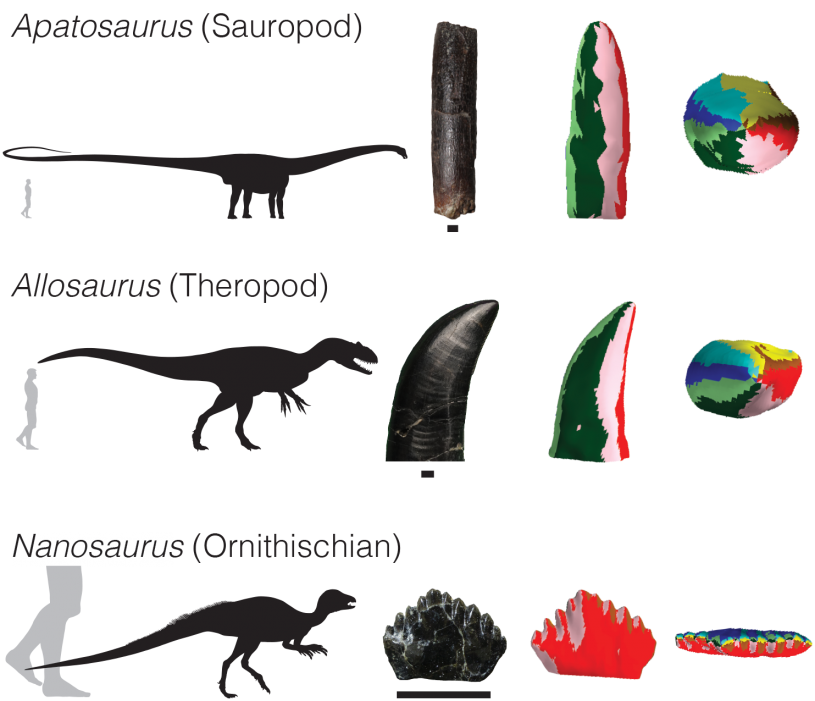
“This whole project was conducted during the pandemic. Instead of traveling the world to gather data, we relied on researchers who had made their data available to other scientists, as well as the incredible collections here at NHM. I think this project really demonstrates the importance of sharing information, it can lead to new discoveries even during a pandemic,” says Dr. Melstrom.
They converted the toothy hills and valleys of dinosaur teeth into numbers, quantifying tooth complexity between the three groups of dinosaurs: meat-eating theropods, plant-eating ornithischians, and similarly herbivorous sauropods.
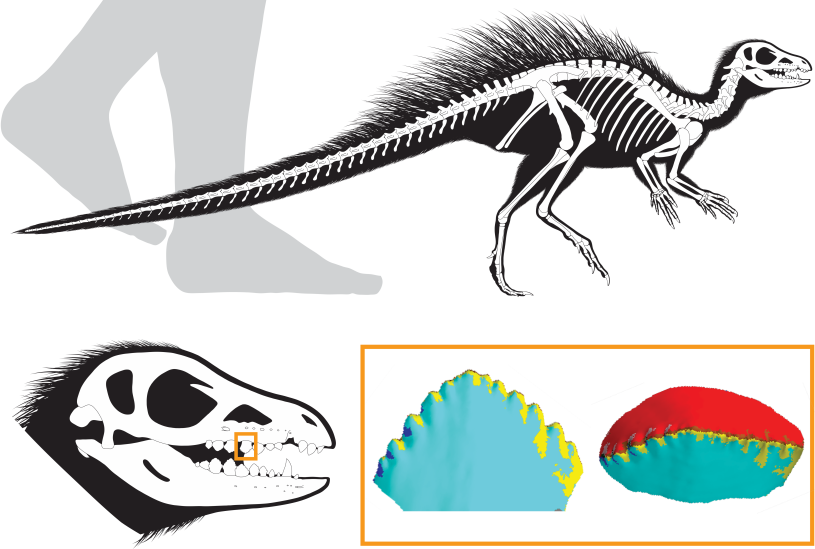
LESS TOOTH COMPLEXITY is MORE for SAUROPODs
What they found was an entirely new evolutionary strategy to handle a plant-based diet 150 million years ago. While meat-eating dinosaurs had sharp simple teeth expected for carnivores, and ornithischians had the more complex teeth similar to herbivores living today, sauropods had very simple teeth, unlike any other known herbivores extinct or living.
In sauropods, they found that the more complex the tooth, the more slowly teeth were replaced, a correlation that demonstrates that tooth replacement rate is related to tooth complexity, unlike any other known animals. More specifically, diplodocoids like Apatosaurus and Diplodocus exhibited incredibly fast replacement rates and simple teeth, possibly allowing them to eat different foods from the other group of sauropods, macronarians like Brachiosaurus, which had more complex teeth.

Simple teeth would have made sense for sauropods’ long necks. Smaller teeth built to be lost weigh less than the tougher teeth of all other herbivores, which helps lighten the skull at the end of those long necks. The peculiar tooth replacement pattern meant these sauropods could focus on plant food other dinosaurs and non-dinosaur plant-eaters passed by.
“Time and time again, the fossil record shows us that there isn’t one solution to evolutionary problems. For sauropods, when it comes to eating tough plants, the simplest solution was the best,” says Dr. Melstrom.
